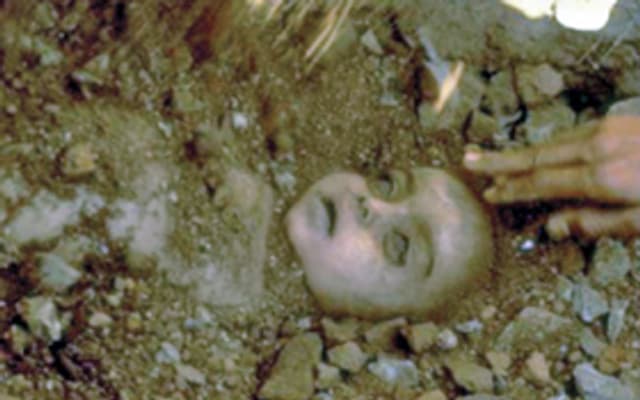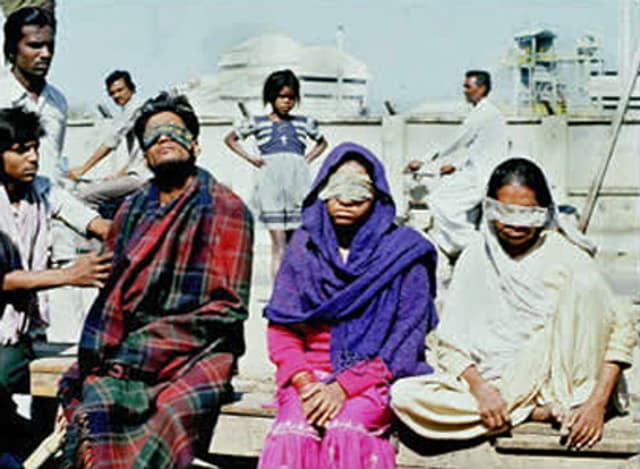RCSB: Bhopal emergency appeal
- Exhibited by
- Maxine Delahunty
- Added
- September 06, 2009
- Medium of Communication
- Press advertising
- Target Audience
- Awareness, individuals, single gift
- Type of Charity
- International relief/development, poverty/social justice, public/society benefit
- Country of Origin
- UK
- Date of first appearance
- December 1984
SOFII’s view
This was a particularly brave response to the world’s worst man-made disaster because at the time the Ethiopian famine emergency (the one that so inspired Bob Geldof and Band Aid) was nightly occupying television screens across the UK. If disaster advertising has any rules, the first of these would be that two disasters tend to cancel each other out – the public can only cope with so much bad news at once. But the Bhopal tragedy was a special case, RCSB responded very quickly and the donating public didn’t let them down – the appeal result dramatically exceeded expectations. See also the Bhopal Medical Appeal press ads, run much later for survivors of this same tragedy, many of whom are still suffering today.
Creator / originator
Ken Burnett, Burnett Associates Limited
Summary / objectives
First reports to hit the press the day after that fateful night when the Union Carbide factory in Bhopal exploded, spoke of thousands dead and tens of thousands blinded by unknown toxic chemicals. The RCSB – now renamed as Sightsavers – immediately mobilised an emergency response team of specialised doctors to fly to Bhopal. The fundraising appeal launched on the Sunday following the disaster had to pay for this.
Background
Disaster struck Bhopal on 3rd December, but it took some days before the full horror of the situation was realised by the outside world. On the morning of Sunday 9th December Chris Friend from RCSB rang Ken Burnett at his home in north London to say that, following a decision from a special meeting of the RCSB board, he had been tasked to raise money for a full-scale emergency airlift of medicines and doctors to Bhopal. Burnett counselled that the success of the ad could not be guaranteed, but he was confident that it would more than cover its costs. He drafted the ad, opposite, immediately, then phoned copy through to Chris Friend. It was approved by the RCSB board at 2.00pm that same day. Burnett then rang round media managers and directors of leading daily newspapers at their homes (a technique learned from Harold Sumption and Oxfam/Help the Aged emergency advertising) to negotiate special rates and immediate placement. Most media-owners were very cooperative. The ad appeared on page 2 ofThe Daily Telegraph on Monday 10th December and in most other quality national papers the day after.
Special characteristics
The presentation of the message in this ad was deliberately uncreative. It followed the visual layout style of Victorian newspapers, with multiple headlines laid out for repeat emphasis above very short, factual copy.
Influence / impact
This ad has appeared in several books as an example of fast emergency advertising, including DSC’s Advertising by Charities and George Smith’s Asking Properly.
Costs
Total cost of media space was £12,500. Ken Burnett donated his time
Results
More than £420,000 was raised immediately, most of it directly attributable to the press advertisements. This was just as well, as the emergency team had already left for Bhopal.
Merits
It’s a little bit of fundraising history
Other relevant information
See also Bhopal Medical Appeal ads on SOFII, here.
 View original image
View original image
 View original image
View original image
 View original image
View original image























